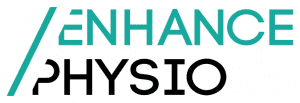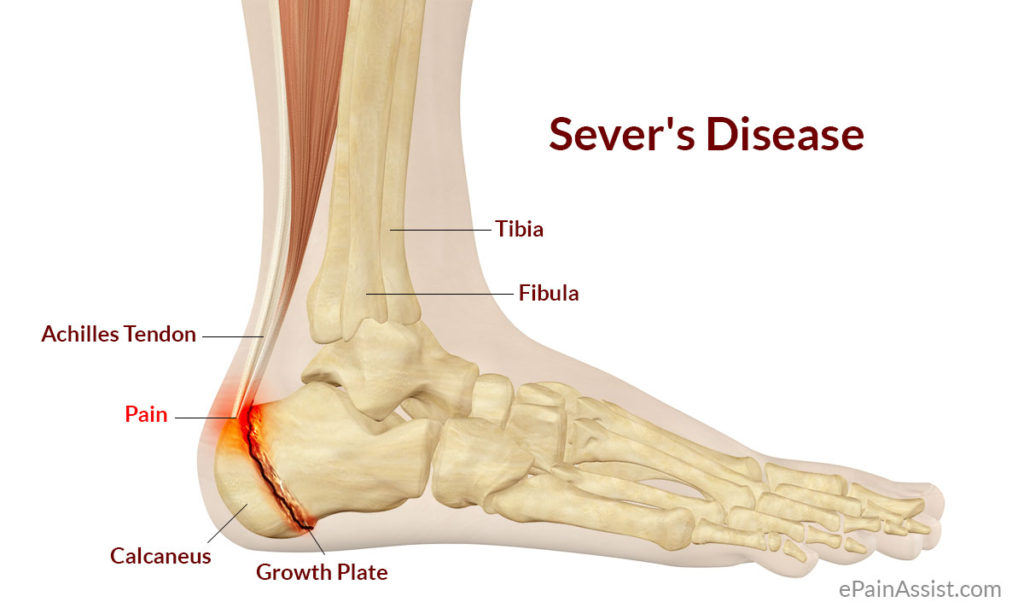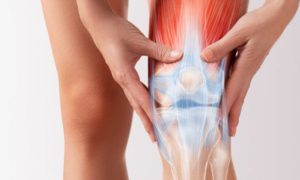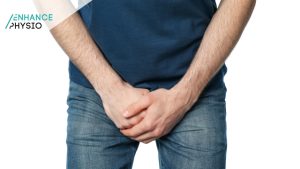Sever’s disease is a common condition that is also referred to as calcaneal apophysitis. It is an inflammatory condition that causes pain around the heel.
Bones in children consist of growth plates which is essentially a layer of cartilage near the end of the bones. These growth plates are not as strong as the rest of the bone but allows for new areas of bone development. Eventually, growth plates will solidify and fuse around the age of 13-15 for girls and 15-17 for boys.
Who can get it?
In the case of Sever’s disease, the growth plate in the heel can become painful from excess tension especially in younger adolescents and children ranging from 7-15 years of age depending on the gender and activity levels. There are many factors that can contribute to developing Sever’s disease. Increasing physical activity, particularly when it involves running and jumping, can put significant stress on the heel through the connection of the Achilles tendon. This may typically happen at the start of a sporting season or suddenly doing more activity than the child’s typical routine. Recent growth spurts can place undue tension on the growth plate. Additionally, biomechanics of the foot and an acute trauma could all contribute to Sever’s disease.
Common sign and symptoms
- Pain and tenderness around the back of the heel
- Increased pain after physical activity
- Limping while walking and may tend to walk on their toes
- Limited ankle dorsiflexion range of motion
Diagnosis
Typically, an examination by a physiotherapist will be enough to assess if your child has Sever’s disease. Investigations such as X-rays are not generally needed unless there is an indication to do so. The recovery time can vary anywhere from a few weeks to 12 months, but the majority will heal without any long-term complications.
Treatment
There are many methods to help manage Sever’s disease. Activity modifications, rest, stretching, stretching, and orthoses can all help your child manage their symptoms. Physiotherapy can help address the primary issues and adjust management plans depending on individual cases. Early identification of Sever’s disease may also reduce the recovery period and allow your child to participate in sports without significant time away from activity.
Always seek professional advice from a health professional.





